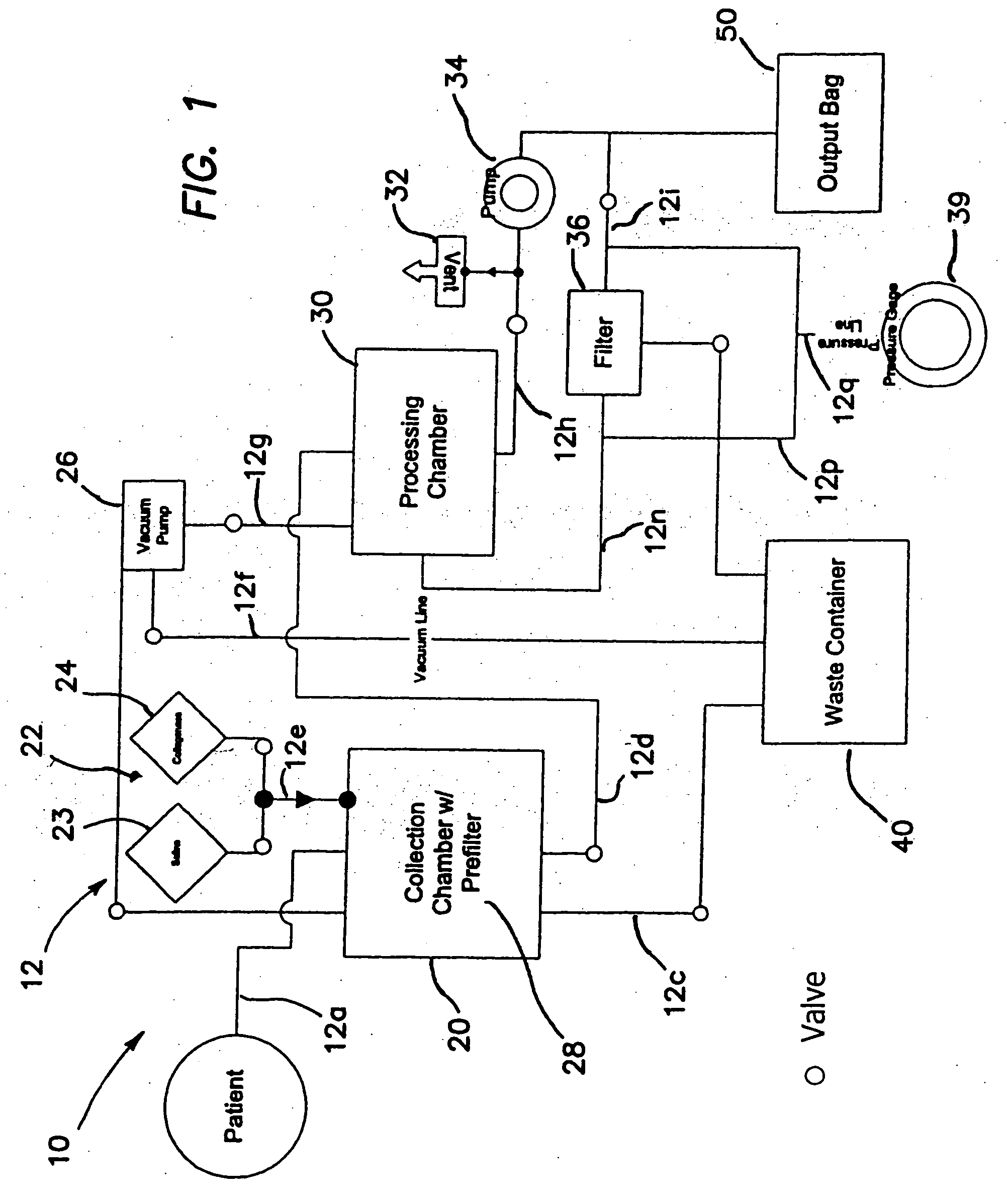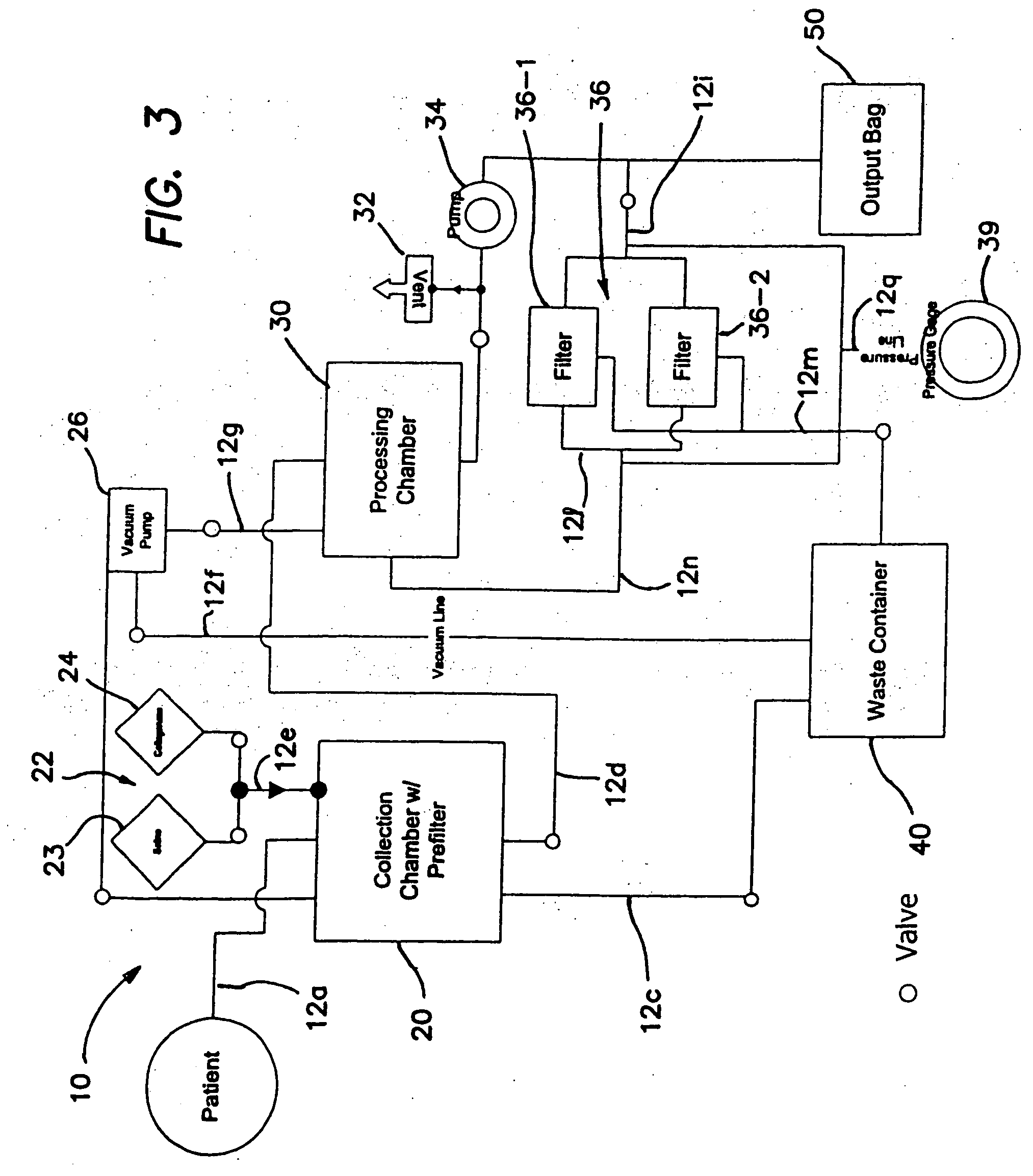Systems and methods for isolating and using clinically safe adipose derived regenerative cells
a regenerative cell and adipose tissue technology, applied in the field of system and method for isolating and concentrating clinically safe regenerative cells from adipose tissue, can solve the problems of reducing the yield of regenerative cells, reducing the clinical value of regenerative cells, and reducing the need for post-extraction manipulation. the effect of yield, consistency and/or purity
- Summary
- Abstract
- Description
- Claims
- Application Information
AI Technical Summary
Benefits of technology
Problems solved by technology
Method used
Image
Examples
example 1
Isolation of Clinically Safe Regenerative Cells from Human Adipose Tissue
Materials and Methods:
Regenerative Cell Preparation
[0203] Human regenerative cells were collected and harvested by enzymatic digestion of adipose tissue as follows:
[0204] Human adipose tissue was procured at an outpatient plastic surgeon's office by vacuum assisted or non-assisted liposuction from the patient into a syringe using a blunt canula which was replaced with a sharp needle (14 gauge) after liposuction. A 600 ml single blood-pack unit with spike-currently using a needle as substitute, herein referred to as “tissue bag”, was prepared by opening the sampling site coupler and spike in the side port of the bag, then rendering it the sampling site aseptic with an iodine wipe. The adipose tissue was then injected into the bag via the sampling site, which was subsequently swabbed with an iodine wipe. This process was repeated until all desired tissue was collected. The bag(s) were then transported to th...
PUM
 Login to View More
Login to View More Abstract
Description
Claims
Application Information
 Login to View More
Login to View More - R&D
- Intellectual Property
- Life Sciences
- Materials
- Tech Scout
- Unparalleled Data Quality
- Higher Quality Content
- 60% Fewer Hallucinations
Browse by: Latest US Patents, China's latest patents, Technical Efficacy Thesaurus, Application Domain, Technology Topic, Popular Technical Reports.
© 2025 PatSnap. All rights reserved.Legal|Privacy policy|Modern Slavery Act Transparency Statement|Sitemap|About US| Contact US: help@patsnap.com



